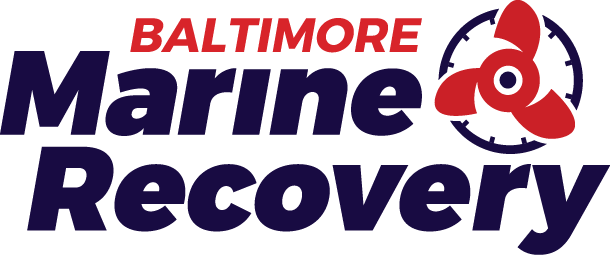Talk The Talk
May 06, 2022
Reliable communication should be your priority when you are out on the Chesapeake. Although cell phones are great, you can’t always depend on a good signal and your iPhone won’t help when you need to warn a fast-approaching boat that they are on the wrong side of the red and about to hit a sandbar. If your boat is not equipped with a VHF radio, now is the time to get one and learn how to use it. A Very High Frequency (VHF) marine radio is intended for short range communications, generally 5-10 miles and allows instant communication between your boat and other vessels, marinas, bridges and the United States Coast Guard. VHF Channel 16 is designated as the national distress, safety and calling frequency. All vessels should monitor this channel while underway. Always remember to check for channels authorized for use in your area as well as any local restrictions. So if you’re serious about marine safety but think carrying a cell phone on board is all you need, think again. Tune in to VHF radio and talk the talk. As always, happy to help!
VHF OPERATING TIPS FROM BOATUS
Never perform radio checks on 16.
Stay calm and pretend that your grandmother is listening. Watch your language and use good manners. Kindness should extend to the VHF.
While underway, check your mic often to be sure it's not open and causing everyone to endure the static.
When hailing another vessel on 16 wait a full two minutes before trying to hail them again. On the third try wait 15 minutes. The idea is not to pollute the airwaves with endless unanswered calls.
When hailing a passing vessel use their location as an identifier if you don’t know the vessel's name.
Once a vessel answers your hail, immediately switch to a non-emergency channel such as 9, 68, 72, or 69 to continue the conversation.
Ships monitor channel 13 and 16. If you are disabled in a channel and see an oncoming ship, hail the vessel by color, location and direction to make them aware of your situation.

